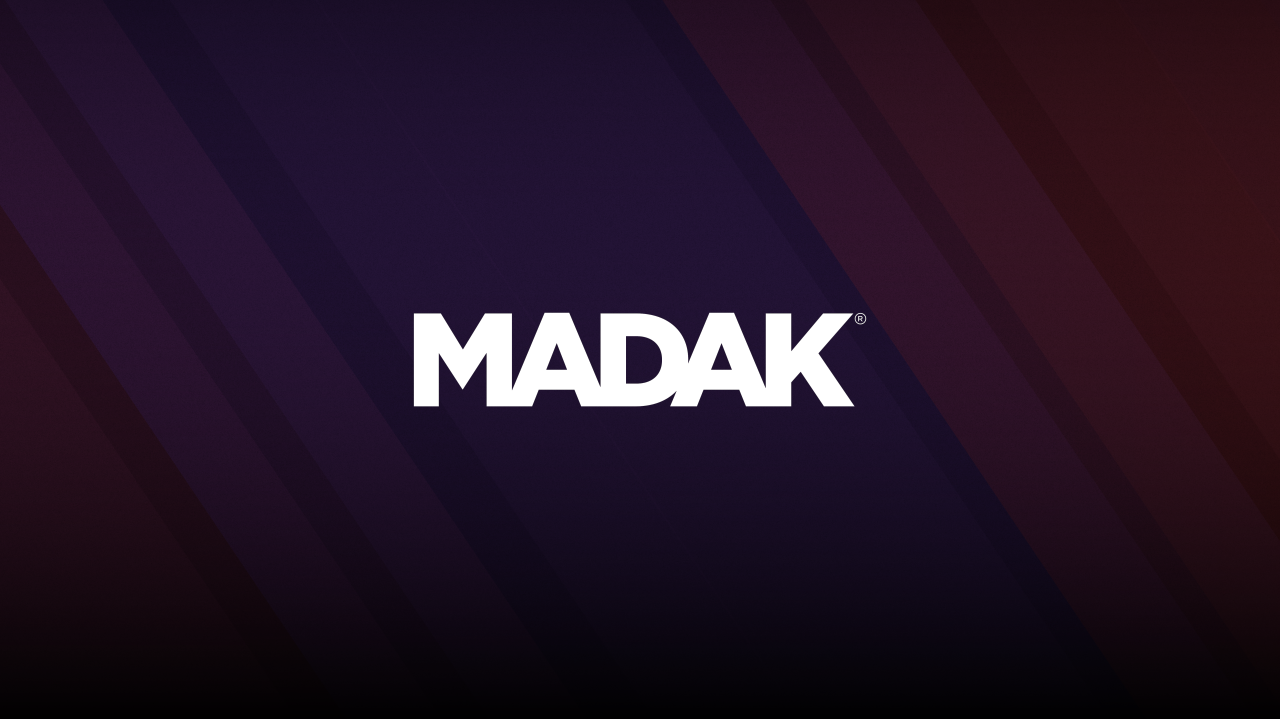Website developers are constantly seeking efficient tools and platforms that streamline their workflows and enhance the overall design process. Figma has emerged as one of the leading collaborative design tools in recent years, and it has gained immense popularity among web developers for a multitude of reasons. Let’s dive into why Madak uses Figma to design and build our client’s websites before we develop them in Webflow!
1. Real-time Collaboration
One of the primary reasons behind Figma's rapid adoption is its real-time collaboration abilities. Web developers can work together with their teammates simultaneously, contributing and observing changes made to the design instantaneously. This enhanced collaboration empowers developers and designers to work efficiently, eliminating the need for endless design revisions and back-and-forth communication.
2. Cross-platform Compatibility
Figma is a cloud-based tool that runs smoothly on Windows, macOS, and Linux. Developers can access their design files anywhere, anytime, through a web browser or the Figma desktop app, ensuring continuous progress regardless of their operating system preferences.
3. Seamless Handoff between Designers and Developers
Figma streamlines the transition from design to development via automatically-generated CSS code snippets, minimizing manual work for developers. Furthermore, design specs, such as dimensions, colors, and typography, are readily available within the platform for developers to incorporate into their code smoothly.
4. Developer-friendly Features
Features like Smart Animate, Components, and Auto Layout enable developers to create responsive designs and interactive prototypes, simulating real-life user experiences. This helps them test and iterate their designs quickly, ensuring optimal user experience and satisfaction.
5. Integration with Third-party Tools
Figma's ecosystem facilitates integration with popular project management and version control tools like Jira, Trello, and GitHub. These integrations bridge the gap between developers and other team members, creating a cohesive workflow across different teams and phases of a project.
6. Version History and File Organization
Figma's version history feature allows web developers to explore previous iterations of the design project and revert to an earlier stage if required. This alleviates the hassle of maintaining multiple versions of the design across different files. Additionally, it supports a well-structured file organization system, allowing developers and designers to keep all their assets and designs intuitively organized in a single location.
7. Constant Updates and a Thriving Community
Figma continuously enhances its toolset and introduces new features, supported by an ever-growing global community of web developers and designers. An extensive library of plugins, tutorials, and resources contributed by Figma users ensures a comprehensive and extensive learning experience for everyone, regardless of their proficiency levels.
Considering the multitude of benefits and versatile features that Figma offers, it comes as no surprise that Madak has embraced this design tool wholeheartedly. By enabling seamless collaboration, streamlined workflows, and intuitive user experiences, Figma has established its position as a go-to tool here at Madak between our creative and development teams.


.png)

.png)




